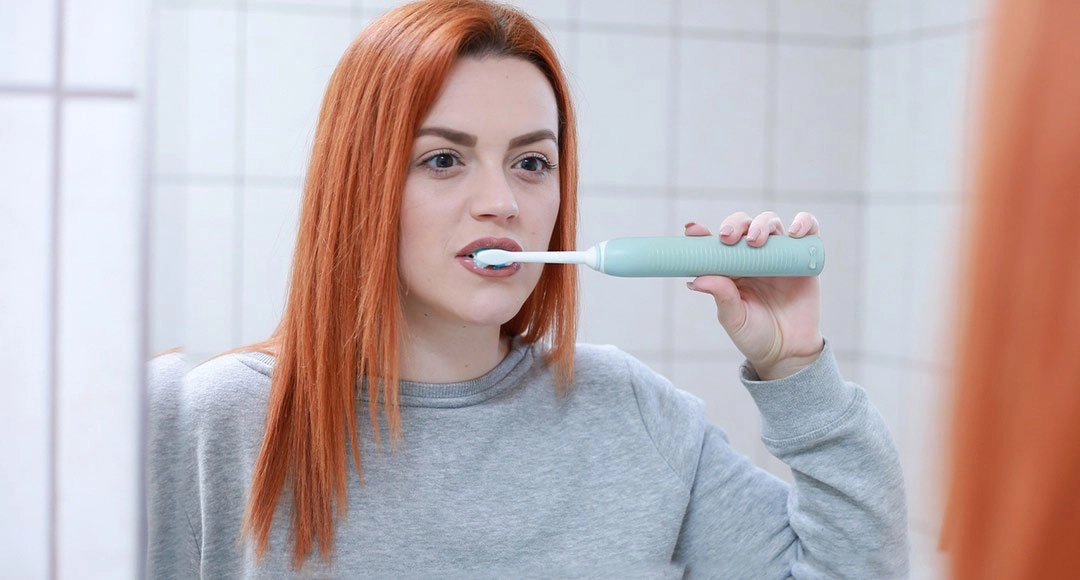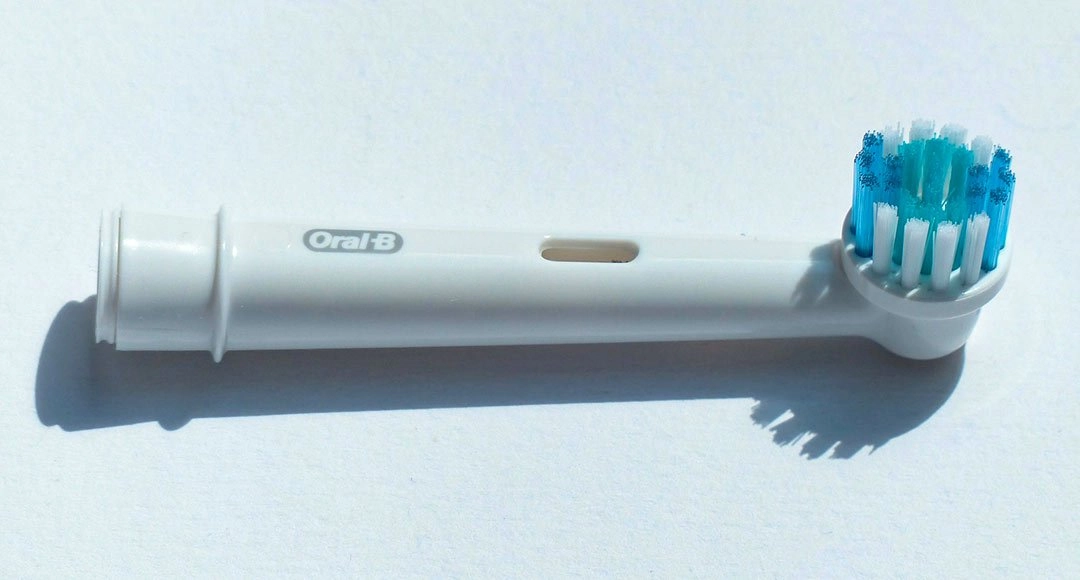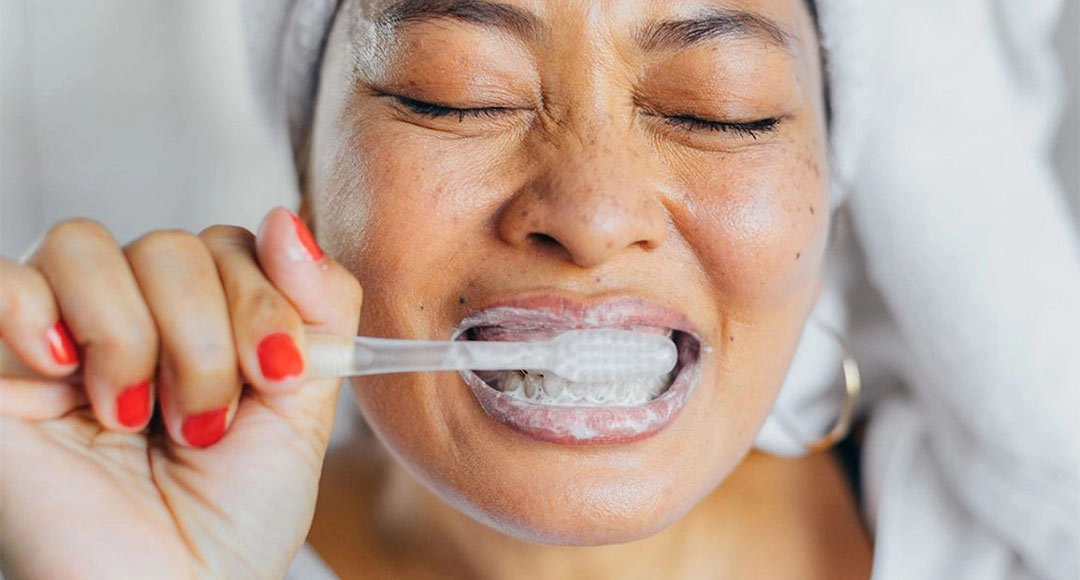Should I use an electric toothbrush or a manual toothbrush?
- Home
- /
- Blog
- /
- Dental Advice
- /
- Should I use an electric toothbrush or a manual toothbrush?
Brushing your teeth is the foundation of good oral care and prevention. Both electric and manual toothbrushes are effective at removing oral plaque . Which is the cause of decay and disease, but which should you use, an electric or manual toothbrush?
Brushing your teeth is the foundation of good oral care and prevention. Both electric and manual toothbrushes are effective at removing oral plaque . Which is the cause of decay and disease, but which should you use, an electric or manual toothbrush?
Dentists will often tell their patients that the most important things where tooth-brushing is concerned is to:
These can be achieved whether you are using a manual brush or an electric brush.
Electric toothbrushes are often recommended for improved dental hygiene. Brushing with an electric toothbrush is a quick and easy way to help keep your teeth and gums clean and healthy. But they’re more expensive than a regular toothbrush. And the replacement brush heads can be pricey too. Electric and manual toothbrushes each have their own benefits, so does using an electric toothbrush have any advantages over a manual brush?

A review of studies showed that, in general, electric toothbrushes do remove more plaque and decrease gingivitis (gum disease) than manual toothbrushes compared with a manual toothbrush. If you use a small headed electric toothbrush, such as an Oral-B, the round, oscillating head, can make reaching these awkward areas easier, particularly areas at the back of your mouth. Electric toothbrushes where the bristles vibrate allows for more micro-movements every time you move your toothbrush across your teeth.
An electric toothbrush does most of the work. It may be helpful for children who should be supervised when tooth-brushing until at least the age of 9), as well as anyone with limited mobility, such as people with:
Electric toothbrushes allow the user to let the toothbrush do the work for them So long as they are moved around the mouth, along each surface of each tooth, effective tooth-brushing can be achieved, even with poor dexterity.
Most electric toothbrushes come with a built-in timer, which makes the user aware of how long they’ve been brushing their teeth for, unlike manual brushes. This can be particularly useful where children are concerned. However, using an egg timer or playing a 2-minute-long song while brushing, is always an alternative option, but it isn’t always convenient – especially with a tired and ratty child…or parent!
When it’s time for a new toothbrush, you only have to replace an electric toothbrush head , so it may be less wasteful than throwing away a full manual toothbrush.
However, if you use a single-use electric toothbrush, you’ll have to completely replace it when it becomes frayed or at least every 3 months.

At least one study found that people were more focused when brushing their teeth using an electric toothbrush. This improved people’s overall experience brushing and could potentially improve how well you clean your teeth.
A study found that electric toothbrushes were particularly helpful for people with orthodontic appliances, such as braces.
Not all kids are interested in brushing their teeth. Electric toothbrush’s can be more engaging so it can help accomplish good oral cleaning and set healthy habits.
Used properly, an electric toothbrush should not hurt your gums or enamel. It should instead promote overall oral health. Many people are guilty of brushing too hard, which can, over time, cause irreversible damage to tooth enamel and gums. Some electric toothbrushes have a sensor, which then emits a coloured light when too much pressure is being applied, notifying the user to brush more gently.

Manual brushes are obviously cheaper than electric brushes, whilst electric toothbrushes have become more affordable over the years, a good electric toothbrush will still cost just under £30 and the replacement heads can be expensive.
A regular manual toothbrush will still clean as well as an electric one. according to dental experts, how you brush is more important than what you brush with. To get the best clean from your electric or regular toothbrush you need to clean thoroughly and systematically working across the inside and outside of all your teeth.
If you prefer to use a manual toothbrush, choose one with a comfortable handle and soft bristles – brushes with hard bristles can damage soft oral tissue.

Some electric toothbrushes do need to be recharged frequently so it means taking the weighty charger in a suitcase . And then finding a suitable plug for recharging on arrival. Packing a manual means it can be use anywhere at any time and leaves more space for phone, tablets and laptops rechargers!
When using a manual toothbrush a user can consciously make the effort to brush gently, or, they try using their less dominant hand to hold the toothbrush; which usually results in less pressure being applied, to prevent irreversible damage to tooth enamel and receding gums.
Brushing teeth with a manual toothbrush can still be fun for kids, just grab a cheap kitchen timer and get them involved by setting it each time.
When using either an electric or manual toothbrush, try to avoid high sugar diets and to visit your dentist and dental hygienist on a regular basis.
Ensure that the brush is moved over each tooth surface in small circles at a 45-degree angle. This helps remove plaque and food debris, and gently massages the gums at the same time.

If it comes down to cost, manual brushes are obviously cheaper than electric brushes.
When used appropriately, both manual, electric and sonic brushes can be effective for dental plaque removal.
One advantage of electric brushes in general is their ability to remove a greater amount of plaque in a given period of time and to aid interdental cleaning with less effort. This was born out by this study.
We recommend a rotating oscillating toothbrush, which is shown to consistently demonstrate a statistically significant benefit over manual toothbrushes as shown by this review of “Manual versus powered toothbrushes”.
If you’re looking to purchase an electric toothbrush, there are several great options available online across various price ranges and features.
Here are some that we recommend:
If you have any further questions about whether an electric or manual toothbrush is best for you, talk with your dentist, dental therapist or hygienist.
Please check out our other helpful blogs.
Back to Blog